I am so inspired by all of you that are new to sewing, getting back into sewing, or are thinking about buying a sewing machine to start sewing. I love all the emails you have sent me and conversations we have had over on facebook. I haven’t been the most consistent with my “Sew Basics” tutorials, but I’m going to try to put more of these together in hopes that you all will get as hooked on sewing as I am.
As most of you know, I am a self-taught sewer (well, mostly). I’ve had a few lessons from my Grandma and grew up with my Mom sewing (though I never showed much interest). Bias tape was very confusing to me when I first started sewing garments. I couldn’t figure out which side was supposed to go where. If any of you are like me, I hope this tutorial will help ease the confusion.
Here’s the plan for Sew Basics: Bias Tape
Part 1: Sewing bias tape to a garment
Part 2: Making your own bias tape from fabric
After part two, I will show you how to take your homemade bias tape and turn it into corded piping.
Let’s get started……..
Bias tape is a narrow piece of fabric that is cut on the bias (45 degree angle) which allows it to be stretchier and more fluid than fabric cut straight across. Because of it’s stretchiness, bias tape works great for encasing raw curved edges and giving items a finished look.
Bias tape can be purchased in the notions section of your local fabric store. You can usually find it near the zippers and ric-rac. These days, most bias tape comes in basic, solid colors; however, you can find vintage bias tape (see above picture) in all sorts of different fun patterns. To customize your own bias tape, you will need to make your own (we will discuss that in part 2).
There are two different types of bias tape that is made in varying widths – single-fold and double-fold.
Single-fold bias tape has two sides folded inwards (one fold is slightly larger than the other) and it is not folded down the center. Double-fold bias tape is basically single-fold bias tape, but folded in half again lengthwise. Double-fold will encase an entire raw edge with bias on either side of the raw edge. Single-fold will allow you to fold over a raw edge to the inside of a garment to finish the edge, but generally you will not see any bias tape on the exterior of the garment. I like to use double-fold for most things.
Here is an example of how to sew double-fold bias tape to encase an armhole on a vintage pillow case dress:
Open up your double-fold bias tape. If you look very closely you will see that one side has a larger fold than the other. This is a very important detail to notice before you sew on your bias tape.
Open up the fold on the smaller side. When getting ready to encase an arm hole, you want to line up the raw edge of the garment with the raw edge of the smaller fold of the bias tape. Pin this in place on the right-side of the garment. So as you can see above, you will need to unfold the double-fold tape quite a bit for this step to work. The larger fold will remain folded over.
Stitch in the fold along the raw edge of both the bias tape and the garment. Sew on the right-side of the garment.
Here (picture above) is what your bias tape will look like once you have stitched in the fold towards along the side with the smaller fold.
Next fold your bias tape over to the other side (wrong-side of the garment). If you notice in the picture above, the bias tape on the underside is ever so slightly wider than the top. This is exactly what you want.
Now stitch as close to the edge of the bias tape as possible on the top side (smaller fold). Stitching on this side will ensure that you will catch the larger fold (on the other side) and have perfect looking bias tape every time! Important to note: You stitched your original line of stitching on the right-side of the garment and you are doing your second set of stitching on the same side (right-side) of the garment.
I used the double-fold bias tape technique on this vintage pillowcase dress arm hole. Using this method, I have no trouble sewing perfect bias tape every time!
You can use bias tape to encase any raw edge of a sewing project or simply use it to add a pop of color and style. Try it on the bottom edge of a skirt, the bottom of a dish towel for some added decorative detail, or on the edge of a pocket.
Single-fold bias tape works very similarly to double-fold. The only difference is that when you fold over your bias tape to the wrong-side of the garment there will be nothing left on top (you won’t see the bias tape from the right-side of the garment). Instead you will just see a line of stitching on the fabric where you have sewn your single-fold bias tape to the wrong-side of the garment. Personally I find double-fold bias tape to be easier and have a cleaner, more finished look, but use whatever your pattern or design calls for.
Once you master sewing bias tape, you will feel like you have come along way as a beginning sewer. Honestly, I used to dread sewing bias tape, but now it is a piece of cake! Don’t let bias tape scare you, it can be a lot of fun and I will show you how to add your own special flare to projects in Sew Basics: Bias Tape (part 2).
Cottage Mama’s Note: If you have any questions, please email me at [email protected] and I am happy to help. We have lots of fun talking “sewing” over on The Cottage Mama facebook page, so come on over and join in the fun!
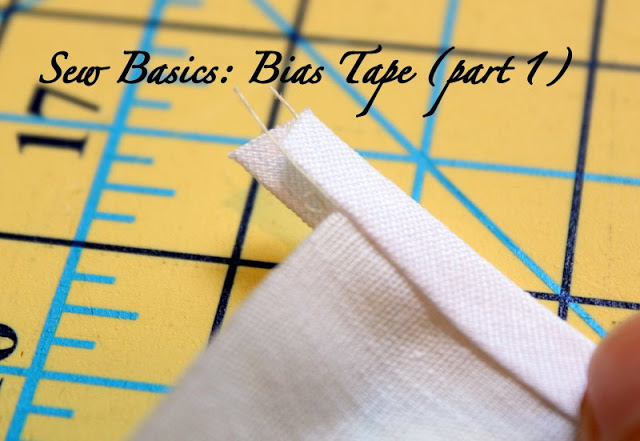






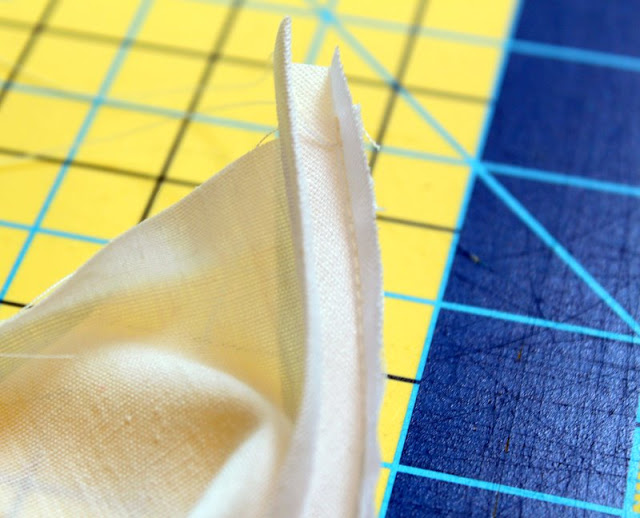

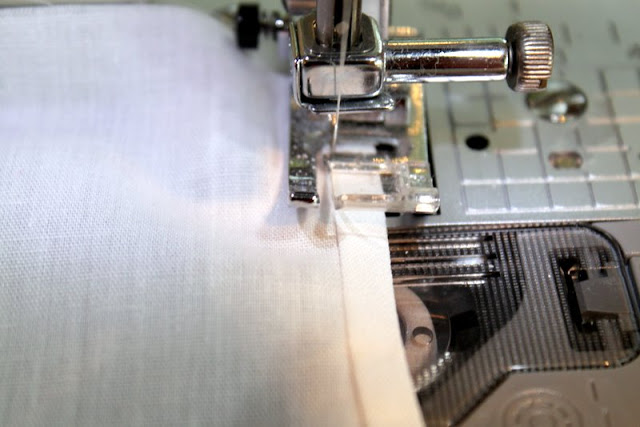
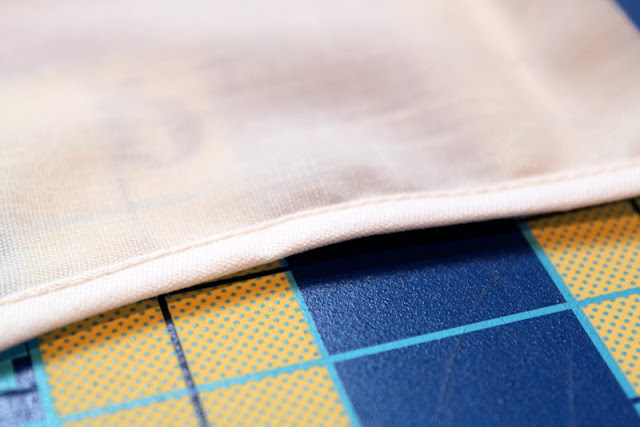
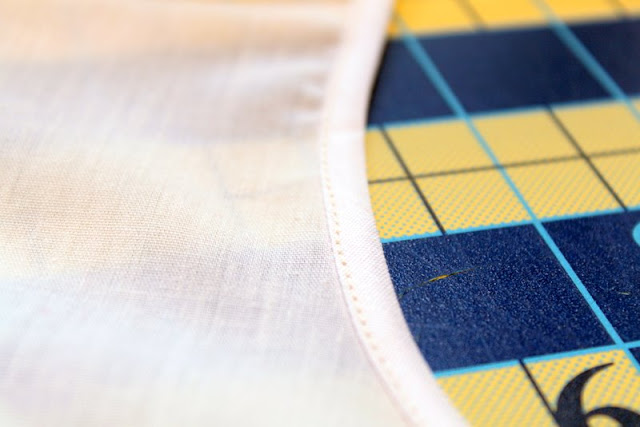
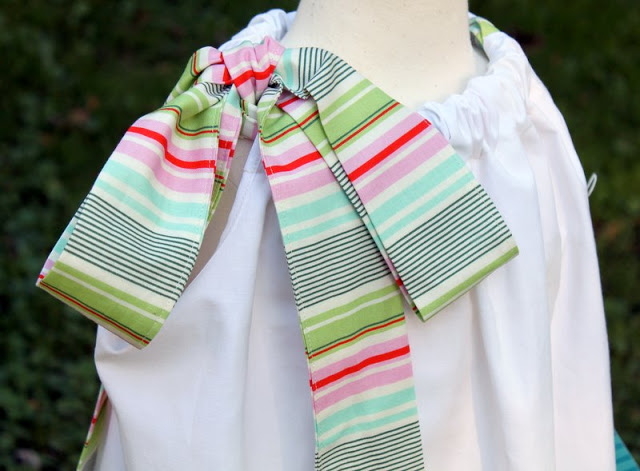
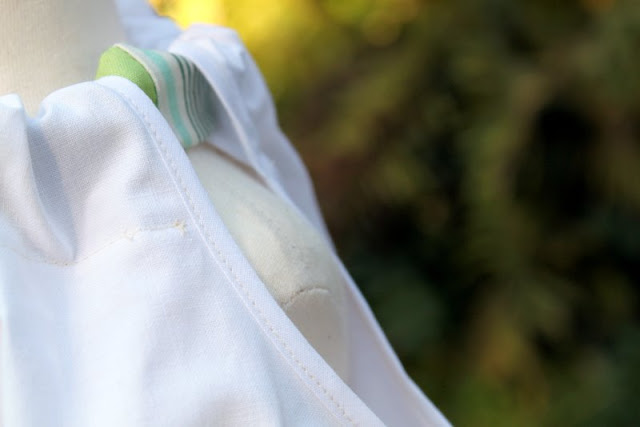
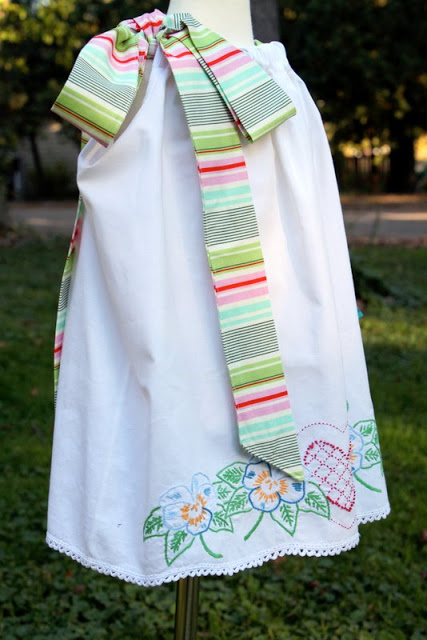

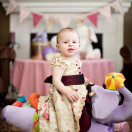

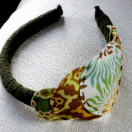

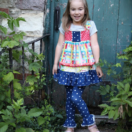
 Lindsay Wilkes is the owner and designer behind The Cottage Mama. She creates timeless, vintage inspired sewing patterns for children’s clothes. She is also a fabric designer for Riley Black Designers / Penny Rose Fabrics, author of the book ‘Sew Classic Clothes for Girls’ and can be seen teaching nationwide and online in her video series ‘Lessons with Lindsay’ sponsored by Baby Lock Sewing and Embroidery machines.
Lindsay Wilkes is the owner and designer behind The Cottage Mama. She creates timeless, vintage inspired sewing patterns for children’s clothes. She is also a fabric designer for Riley Black Designers / Penny Rose Fabrics, author of the book ‘Sew Classic Clothes for Girls’ and can be seen teaching nationwide and online in her video series ‘Lessons with Lindsay’ sponsored by Baby Lock Sewing and Embroidery machines.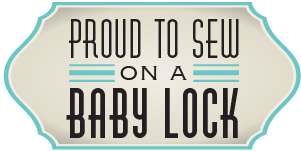


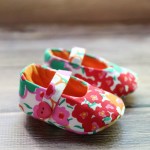

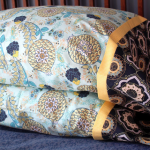
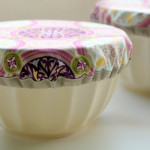
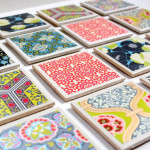
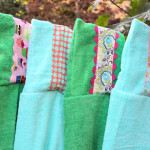
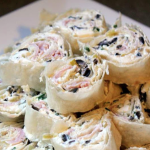




Awesome tutorial! As a begining sewer this is soooo helpful. Can you teach us how to make the bow on the dress as well?! It is stunning!
Thank you so much for the bias tape tutorial, I honestly don’t work with it much – and you must have read my mind – as I was planning on making some of my own tomorrow and working it around a shirt/sweater I was fixing up for my daughter! Awesome to have the crash course!
Thanks! That explained everything I was doing wrong..I tried using it once, the garment slipped out of the bias tape and I never used it again..I didn’t know about the first step.
I’m going to try it later! You’re the best!
This is wonderful, thank you so much for taking the time to do this! 🙂
Lindsay, thanks so very much sharing with all the Beginner Sewers, I have taught sewing for years.Most of the time sewers just need a good picture of the How-To’s and a good teacher as well..The Tutorial is excellent..
Thanks for the tutorial. I have read a few on bia’s tape and yours made the penny finally drop on where I am going wrong.
Just found your bias tape tutorial through your Potluck Bowl covers tutorial! Thanks for this tutorial, makes perfect sense & feel less daunted about the process. I’m making bowl covers for my sister for Christmas! 🙂
Thank you – you made biased tape MUCH less complicated! 🙂
Thank you so much! Your tutorials are so easy to understand! The thought of using bias tape freaked me out until now 🙂
Thank you so much. I have used it and never knew why it was two sizes. Knowing how to use it really makes me understand now.Thanks sooooo much.
Oh dear, God – no wonder I was pulling my hair out trying to sew bias tape last weekend….I was doing it ALL wrong! This makes so much sense, thank you!!! You seriously just changed the sewing world for me!!!
Thank you so much for this great tutorial!! It is so clear. I have spent years trying to figure out bias tape. Now I know!! Such a wonderful explanation. THANK YOU!!!
Thank you for such a clear tutorial. I need to know how to turn corners with bias binding on
Rectangle covers for craft supply containers.